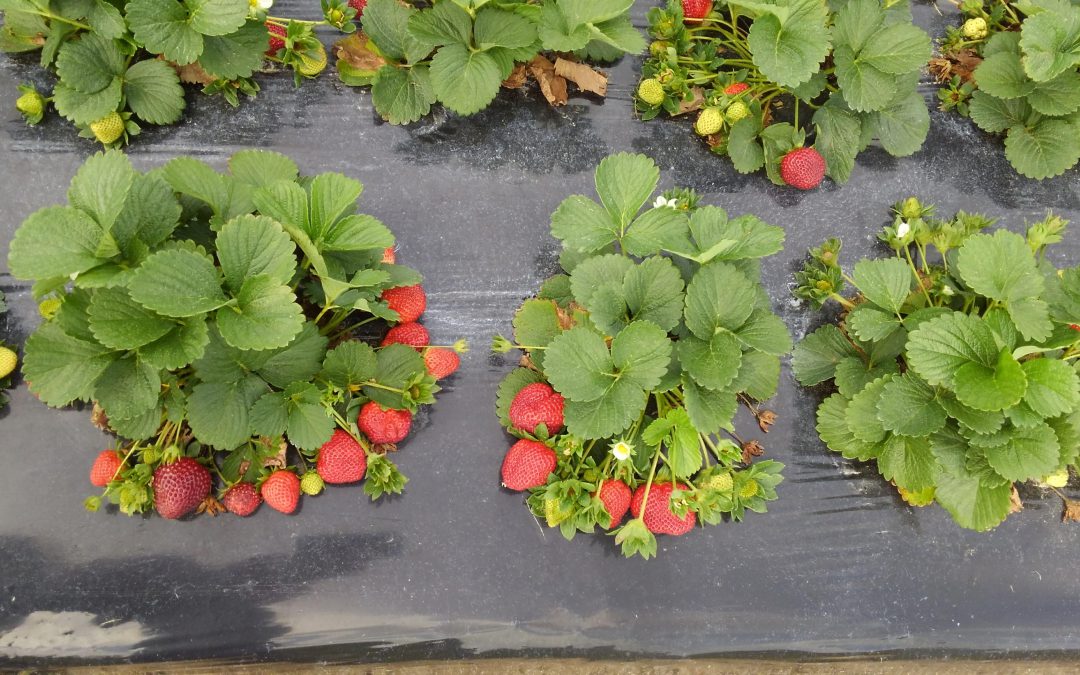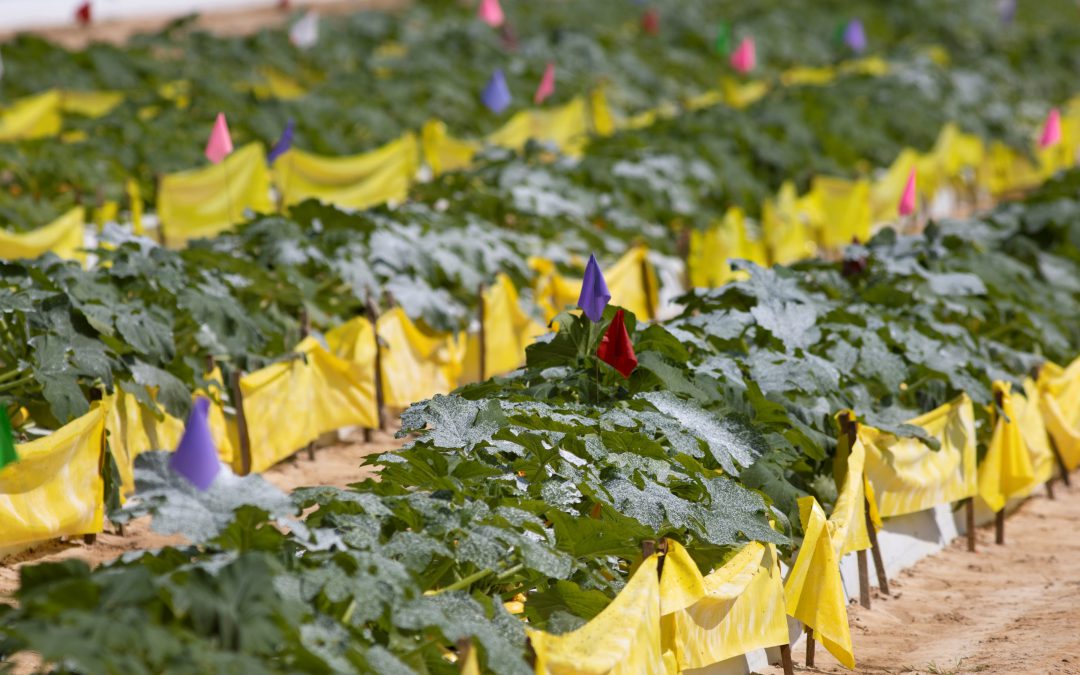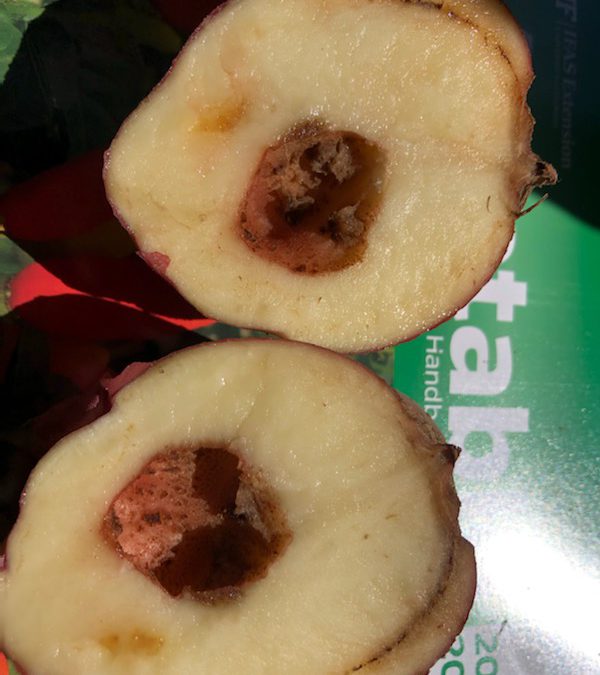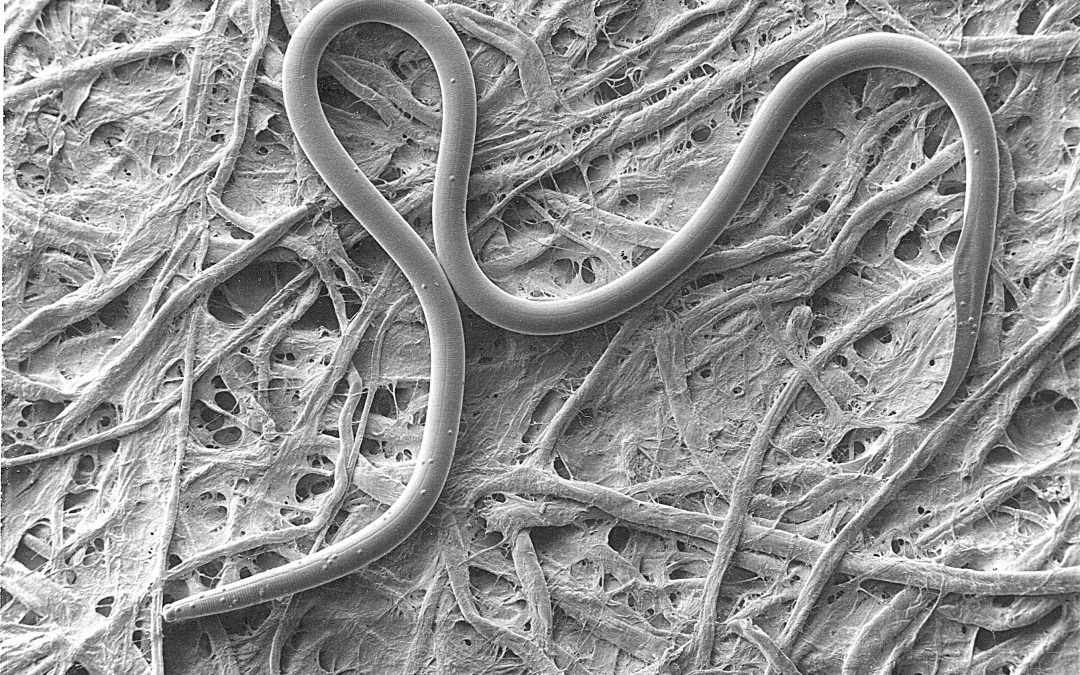
by Jennifer Bearden | Feb 3, 2023
Many fruit and vegetable crops are grown using drip irrigation thus making fertigation an efficient way to supply necessary nutrients to crops. To know what nutrients are needed, we must test the soil, leaves and/or petioles. Pre-season soil tests are a must! ...

by Xavier Martini | Nov 10, 2022
Xavier Martini, Thomson Paris, UF/IFAS North Florida Research and Research and Education Center Mass trapping is a control measure used to capture high numbers of a target pest to reduce their population in the field. Instead of killing the pest with an insecticide,...

by Matthew Orwat | Jun 24, 2022
Every spring and summer I perform site visits to vegetable growers to diagnose plant problems. This summer is no different, but I have found several instances of plant disorders that look like disease or insect damage, but really are not. Whenever a problem is found...

by Molly Jameson | Feb 25, 2022
There are five social species of bumble bees (Bombus spp.) native to Florida, and each is an important pollinator throughout the state. European honeybees provide about 85 percent of our pollinating activity that is vital for supplying one-quarter to one-third...

by Josh Freeman | Jan 28, 2022
Josh Freeman, Vegetable Specialist, UF/IFAS NFREC Quincy It’s time to make tomato plant orders for the first plantings of the 2022 spring growing season in North Florida and South Georgia (Figure 1). We have been very fortunate over the last several years and...

by Zane Grabau | Mar 26, 2021
In recent years, new liquid, non-fumigant nematicides (products that move through the soil as a liquid rather than a gas) have become available. With that increase, I have received more questions about which product to choose, particularly in vegetable crops such as...







